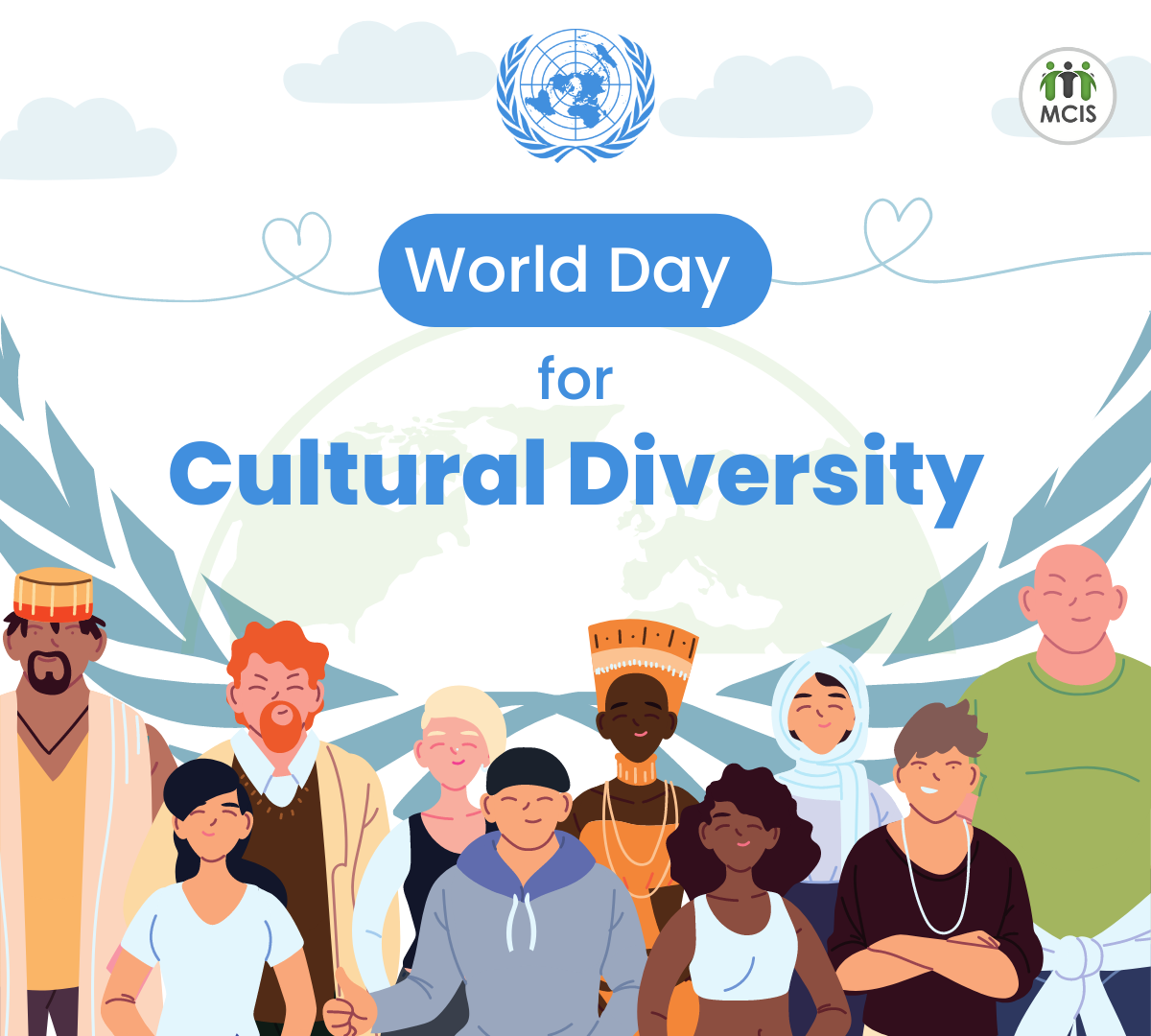Cultural diversity stands as a vibrant tapestry woven from innumerable threads, each representing the distinct heritage, traditions, and experiences of various groups globally. Much like a rich tapestry, the beauty of cultural diversity lies not merely in its multitude of colors but in how these colors interplay, creating a complex design that tells a myriad of stories. This intermingling of cultures shapes our societies, enriching our lives and providing a comprehensive perspective that is essential in our evolving world.
At its core, cultural diversity encapsulates the coexistence of multiple cultural identities within a specific social setting. This includes languages, customs, philosophies, and traditions that characterize different ethnic groups. Rather than functioning as a mere backdrop, these diverse cultures engage in a dynamic exchange that fosters innovation and creativity. They form an ecosystem where ideas flourish, much like varied species cohabiting in a thriving biological habitat.
One might draw parallels between cultural diversity and an ecological system. Just as biodiversity sustains our ecosystems, cultural diversity imbues societies with resilience and adaptability. Ecological systems thrive when multiple organisms contribute unique capabilities, forming intricate bonds that bolster overall stability. In the same vein, societies enriched by multiple cultures are more adept at overcoming challenges, as they can draw on a broader range of perspectives and solutions.
The significance of cultural diversity extends far beyond a mere celebration of differences. It plays a pivotal role in fostering tolerance and understanding. In an increasingly interconnected world, cultural misunderstandings can lead to conflict. However, when individuals engage with diverse cultures, they are more likely to cultivate empathy—a quality that bridges divides and fosters peaceful coexistence. Engaging in this cultural exchange is akin to turning the pages of a richly illustrated book; each chapter unfolds new insights and perspectives, offering deeper comprehension of the human experience.
Moreover, cultural diversity serves as a catalyst for economic growth and innovation. Diverse teams in workplaces have been shown to outperform their homogeneous counterparts. This is because varied cultural backgrounds engender a multitude of viewpoints, leading to inventive solutions and breakthroughs. In the realm of business, the collision of ideas ignited by diverse thought processes is practically tantamount to alchemy. It transforms ordinary concepts into extraordinary ventures capable of addressing complex global issues.
Art, too, flourishes within a multicultural paradigm. The convergence of different artistic traditions and practices results in a vibrant cultural landscape, where music, literature, and visual arts coalesce into unprecedented forms. For instance, the world has witnessed the emergence of genres that blend disparate musical styles, creating sounds that resonate across borders while simultaneously honoring their unique origins. These artistic expressions become mirrors reflecting the myriad emotions and stories of the human journey.
However, the preservation of cultural diversity faces formidable challenges. Globalization, while connecting disparate parts of the world, can ironically lead to the homogenization of cultures. The prevalent influence of dominant cultures often risks overshadowing smaller, indigenous cultures. It is imperative to recognize that the loss of any culture diminishes the entire human experience—much like the extinction of a species unfavorably alters an ecosystem. The delicate balance maintained in our social fabric relies on the protection and promotion of cultural identities.
Education plays a crucial role in fostering respect for cultural diversity. Curricula that incorporate the histories and contributions of various cultures can cultivate a more equitable society. Exposure to differing viewpoints from a young age encourages critical thinking and nurtures an appreciation for diversity. Schools that celebrate this inclusivity become catalysts for societal change, echoing the notion that today’s youth will shape tomorrow’s world. It is the responsibility of educators to cultivate an atmosphere where diversity is not only respected but cherished.
Ultimately, the benefits of cultural diversity manifest not only in practical dimensions but in a spiritual creation of a more harmonious world. When we recognize the intrinsic value of each culture, we become stewards of a shared legacy that transcends geographical boundaries. This legacy, rooted in history and enriched by contemporary experiences, offers a treasure trove of wisdom. Let us then embrace this collective narrative—one that invites dialogue, reconciles differences, and underscores our shared humanity.
Engagement with cultural diversity can also illuminate pathways toward environmental justice. Different cultures often harbor unique relationships with nature, cultivating methods of sustainable living that have been passed down through generations. Indigenous knowledge and practices can inform modern environmental strategies, creating an invaluable repository of ecological wisdom. Recognizing and respecting these perspectives fosters collaboration between traditional and contemporary environmentalists, promoting solutions that are inclusive and sustainable.
In conclusion, acknowledging and celebrating cultural diversity is imperative in our contemporary society. It is a universal benefit that upholds the richness of human experience. By weaving together diverse threads, we create an intricate tapestry that tells a story of resilience, creativity, and connection. The journey toward embracing cultural diversity may be fraught with challenges, but it remains a critical path toward a harmonious and sustainable future. The appreciation of our diverse cultures is not only the foundation of a more inclusive society; it is also a necessary step in safeguarding our planet for generations to come.
